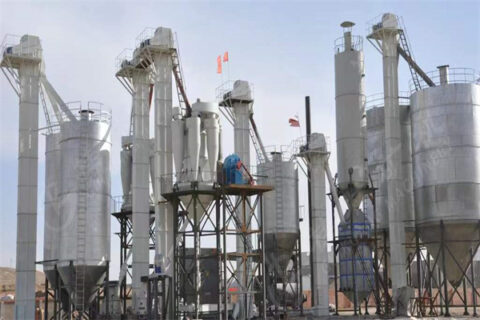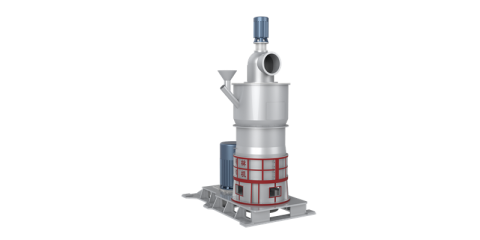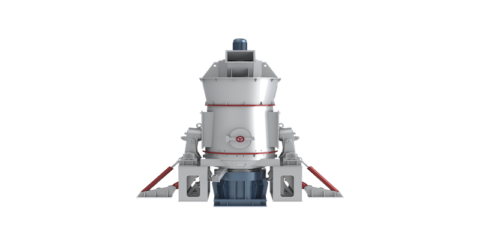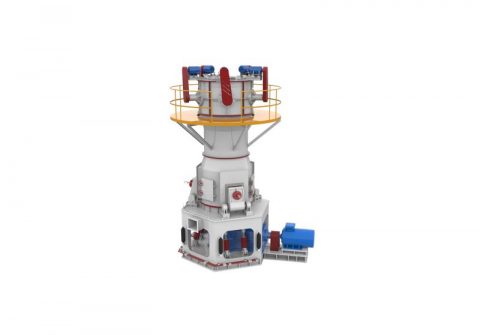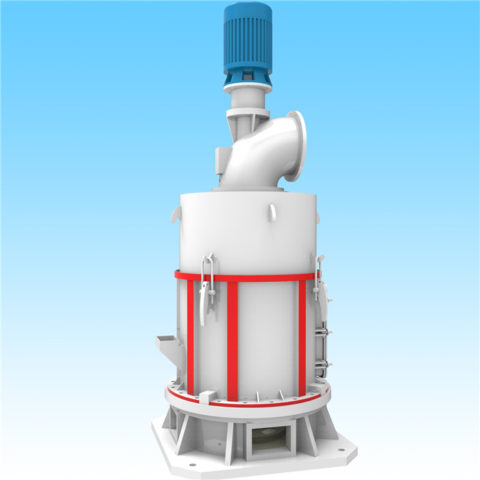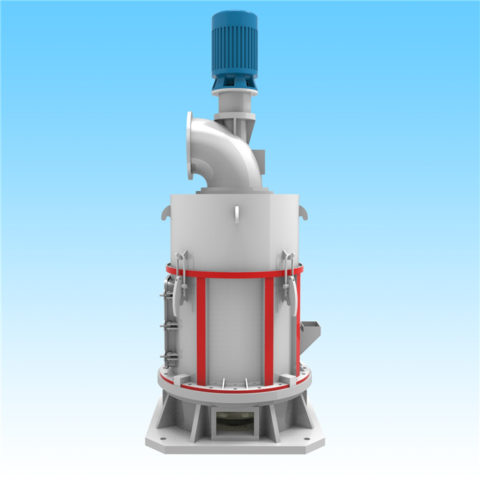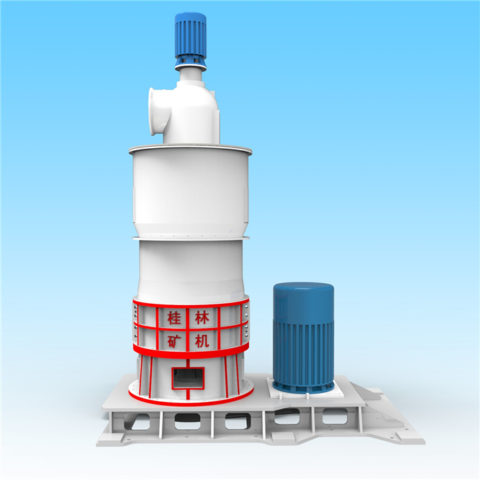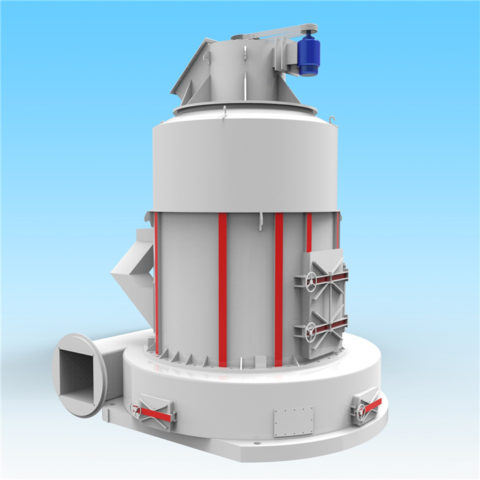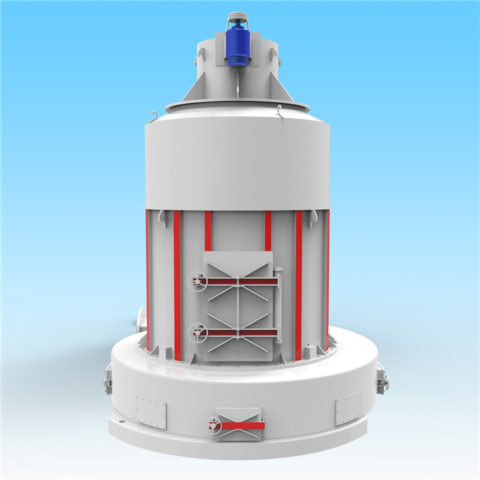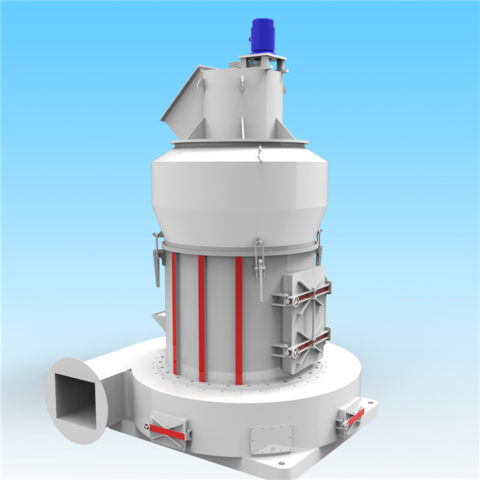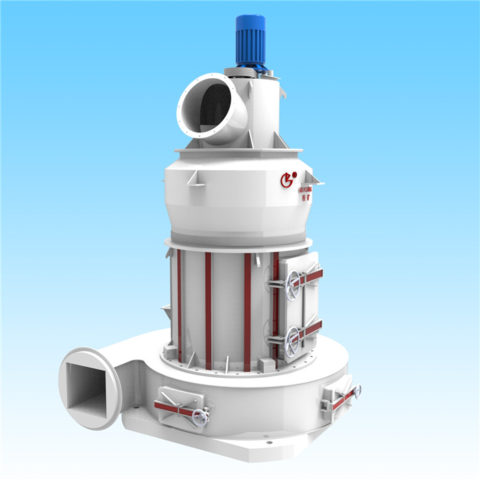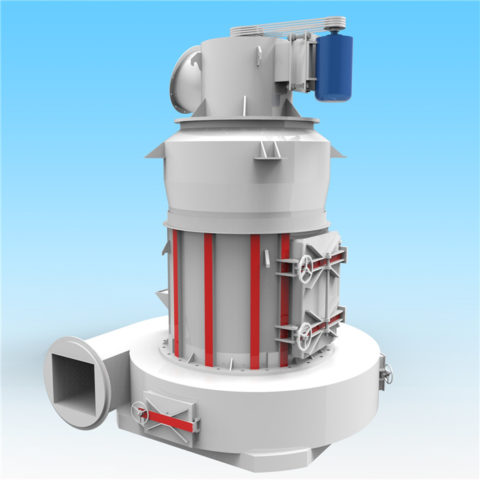Montmorillonite, a type of clay mineral, finds wide-ranging applications across various industries due to its unique properties.
Choosing the suitable montmorillonite grinding mill involves considering several factors related to your specific requirements, such as the desired particle size, production capacity, energy efficiency, and cost-effectiveness. Here’s a step-by-step guide to help you make an informed decision:
Determine the key parameters for your grinding process, including the desired particle size distribution, production capacity (tons per hour), and the specific characteristics of the montmorillonite clay you’re processing.
Familiarize yourself with the different types of grinding processes and equipment available for montmorillonite clay processing, such as ball mills, Raymond mills, hammer mills, jet mills, and grinding pulverizers. Each type has its advantages and limitations in terms of particle size control, energy efficiency, and maintenance requirements.
Depending on your application, you may require a grinding mill capable of producing a specific particle size distribution, ranging from coarse to ultra-fine. Some mills offer built-in mechanisms for precise particle size control, while others may require additional classification or screening equipment.
Energy consumption is a significant operating cost for grinding mills. Look for features such as efficient motor drives, low-friction bearings, and advanced control systems that minimize energy waste and optimize grinding efficiency. Consider the total cost of ownership, including energy consumption and maintenance costs, when comparing different mill options.
Choose a grinding mill that can handle your desired production capacity while maintaining consistent performance and product quality. Consider factors such as the size of the grinding chamber, the speed of the mill, and the efficiency of the grinding process in relation to your production requirements.
Consider features such as material handling systems, dust collection and ventilation systems, and safety features to ensure a safe and efficient working environment. Dust collection systems are particularly important for handling fine powders such as Montmorillonite clay to prevent health hazards and equipment damage.
Compare the initial purchase cost, operating costs, and maintenance requirements of different grinding mills to determine the most cost-effective option for your application. Consider factors such as equipment reliability, availability of spare parts, and technical support from the manufacturer or supplier.
Seek advice from experienced engineers, equipment manufacturers, or suppliers specializing in clay processing equipment. They can provide valuable insights and recommendations based on their expertise and industry knowledge.

